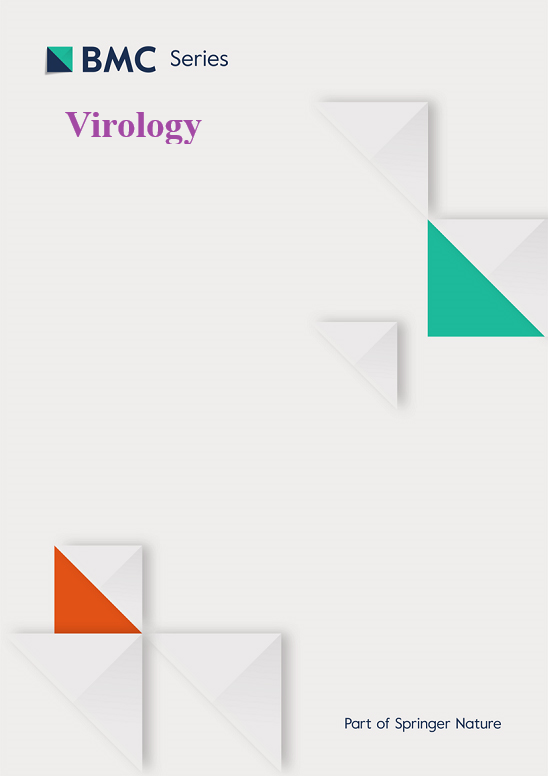The evolving landscape of Chandipura virus: A comprehensive account of outbreaks to recent advances
IF 2.8
3区 医学
Q3 VIROLOGY
引用次数: 0
Abstract
Chandipura virus (CHPV), a member of the family Rhabdoviridae, has garnered attention due to its significant implications on human health, particularly in India, where it has contributed to encephalitis outbreaks. This review provides a full-spectrum analysis of CHPV, detailing its origin, historical context, and geographical distribution, which primarily spans India and parts of Africa. CHPV is predominantly transmitted through infected sandflies, although alternative transmission routes cannot be overruled. Neurotropism plays a vital role in CHPV-associated pathogenesis, leading to severe neurological ailments, including encephalitis and fatalities among children at a significantly high rate. Current diagnostic approaches for CHPV infection harness molecular biology tools like PCR for viral RNA detection and serological methods to identify antibodies. Effective therapeutic strategies remain limited, with antivirals such as Favipiravir indicating strong prospects in preclinical studies. We also discuss various animal models used in CHPV research, including murine models, offering critical insights into the CHPV pathogenesis and evaluating the efficacy of potential therapeutic interventions. Concisely, this review underscores the significance of robust monitoring and further research to enhance our understanding of CHPV and develop effective strategies for its control and prevention.
昌迪普拉病毒的演变图景:对疫情爆发的全面描述和最新进展
昌迪普拉病毒(CHPV)是横纹肌病毒科的一员,因其对人类健康的重大影响而引起关注,特别是在印度,它曾导致脑炎暴发。本综述提供了CHPV的全谱分析,详细介绍了其起源、历史背景和地理分布,主要分布在印度和非洲部分地区。CHPV主要通过受感染的白蛉传播,但也不能排除其他传播途径。嗜神经性在与冠状病毒相关的发病机制中起着至关重要的作用,导致严重的神经系统疾病,包括脑炎和儿童死亡率极高。目前CHPV感染的诊断方法利用分子生物学工具,如PCR检测病毒RNA和血清学方法鉴定抗体。有效的治疗策略仍然有限,抗病毒药物如Favipiravir在临床前研究中显示出强大的前景。我们还讨论了用于CHPV研究的各种动物模型,包括小鼠模型,为CHPV的发病机制和评估潜在治疗干预措施的疗效提供了重要的见解。总之,这篇综述强调了强有力的监测和进一步研究的重要性,以提高我们对CHPV的认识,并制定有效的控制和预防策略。
本文章由计算机程序翻译,如有差异,请以英文原文为准。
求助全文
约1分钟内获得全文
求助全文
来源期刊

Virology
医学-病毒学
CiteScore
6.00
自引率
0.00%
发文量
157
审稿时长
50 days
期刊介绍:
Launched in 1955, Virology is a broad and inclusive journal that welcomes submissions on all aspects of virology including plant, animal, microbial and human viruses. The journal publishes basic research as well as pre-clinical and clinical studies of vaccines, anti-viral drugs and their development, anti-viral therapies, and computational studies of virus infections. Any submission that is of broad interest to the community of virologists/vaccinologists and reporting scientifically accurate and valuable research will be considered for publication, including negative findings and multidisciplinary work.Virology is open to reviews, research manuscripts, short communication, registered reports as well as follow-up manuscripts.
 求助内容:
求助内容: 应助结果提醒方式:
应助结果提醒方式:


